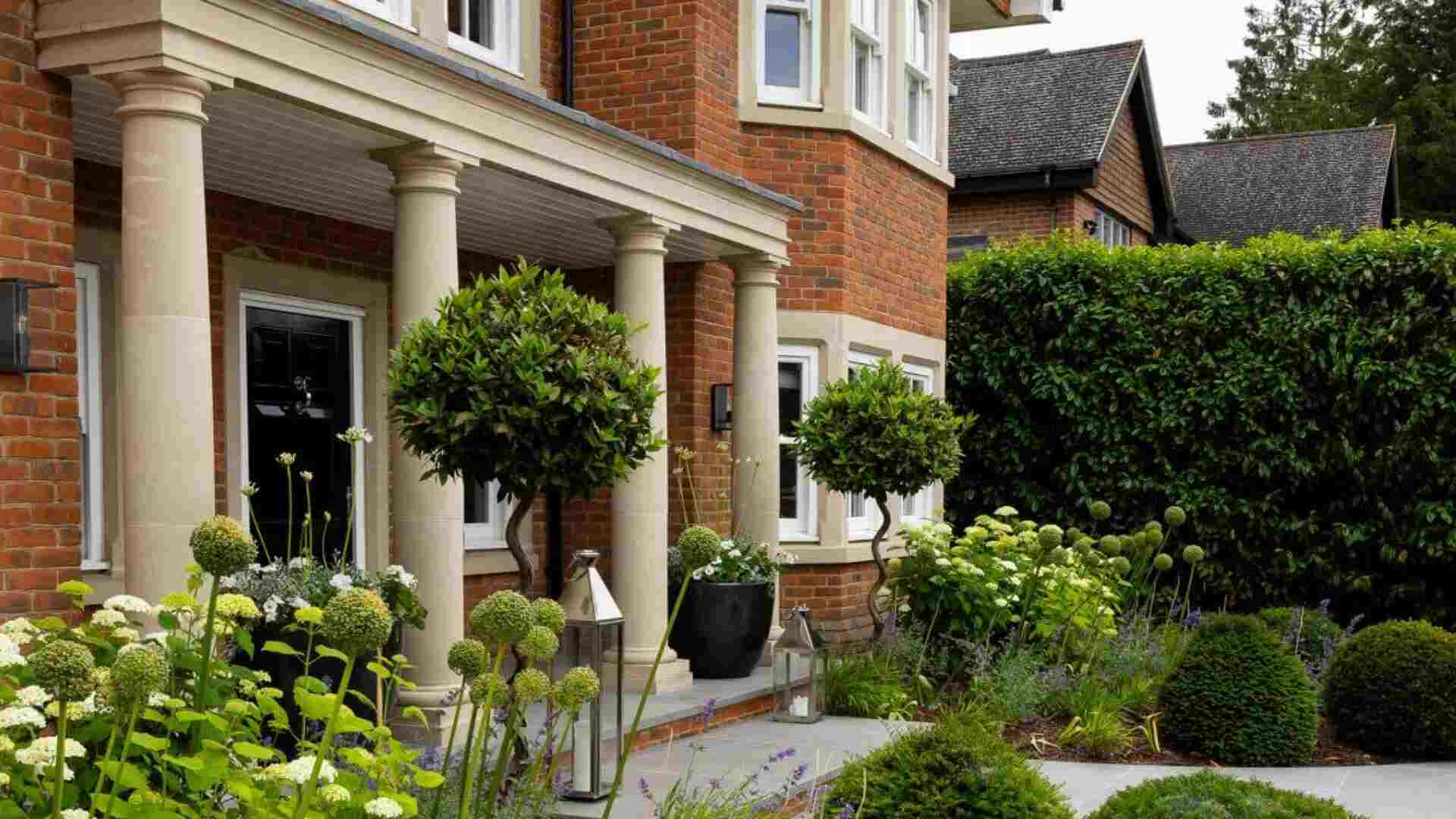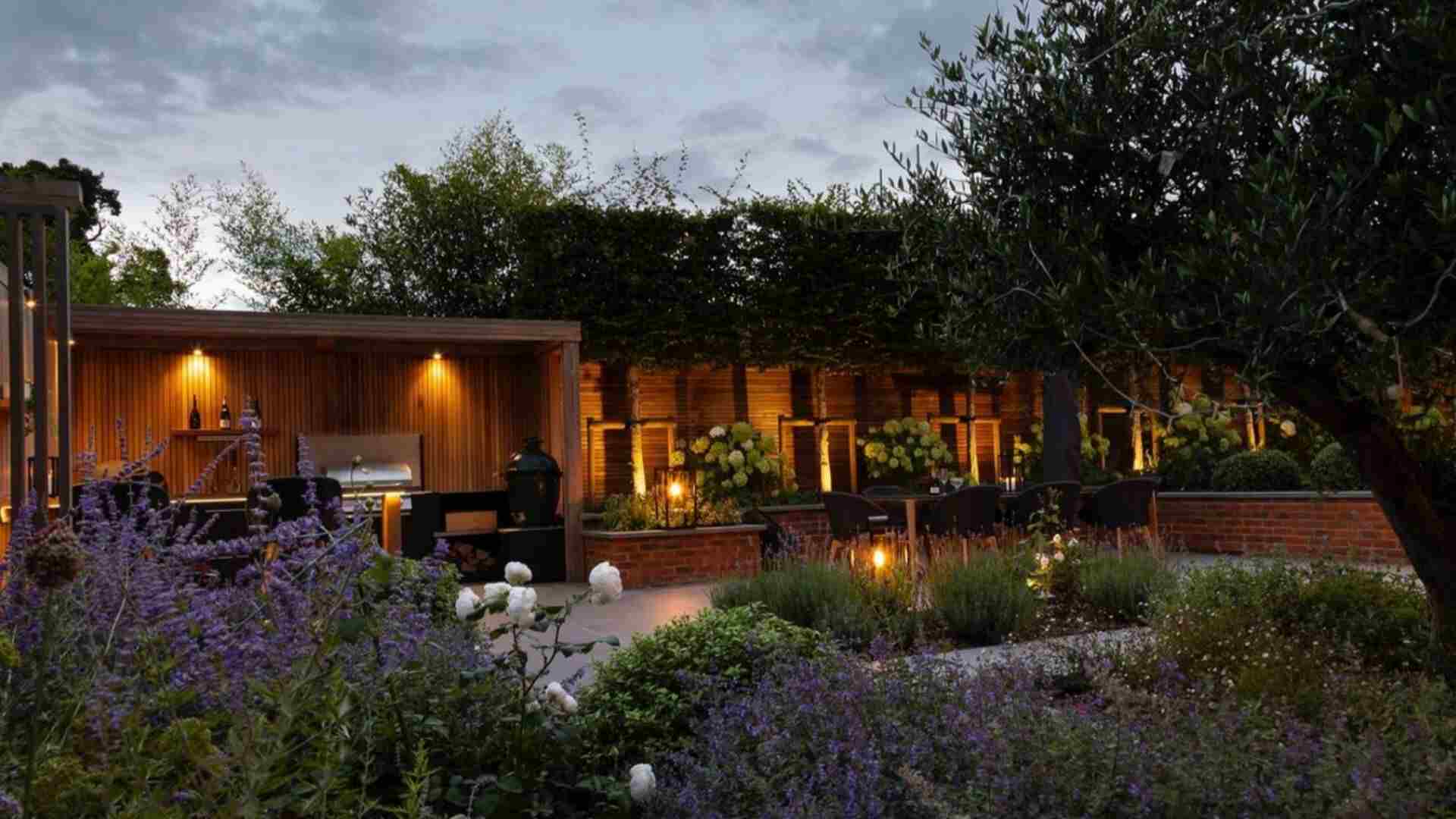Updated on 06/03/2025
As we near the end of the winter months, nothing signals the arrival of spring quite like a garden bursting with colorful tulips, daffodils, and hyacinths. But achieving a breathtaking display doesn’t happen overnight, oh no, it requires some thoughtful planning and a bit of know-how.
Whether you’re a seasoned gardener or a total beginner, this guide will walk you through the essential steps to design and plant a spring bulb garden that will flourish year after year. From choosing the right bulbs to perfecting your planting technique, we provide you with everything you need to know to bring your garden to life with vibrant spring blooms.
But first…
When is the Best Time to Plant Spring Bulbs?
Timing is everything when planting spring bulbs for a show-stopping garden.
The ideal period is in the Autumn, before the ground gets too cold, allowing bulbs such as tulips, daffodils, and hyacinths to settle in and prepare for their spring display.
To seamlessly integrate your bulb planting with a professionally designed rain garden, our experts at Raine Garden Design are here to help.
Reach out to us today to find out how our custom rain garden solutions can enhance the beauty and efficiency of your garden. Our garden design process includes a personalised consultation, site assessment, and customised plans, ensuring your garden reflects your style while maximizing sustainability and function.
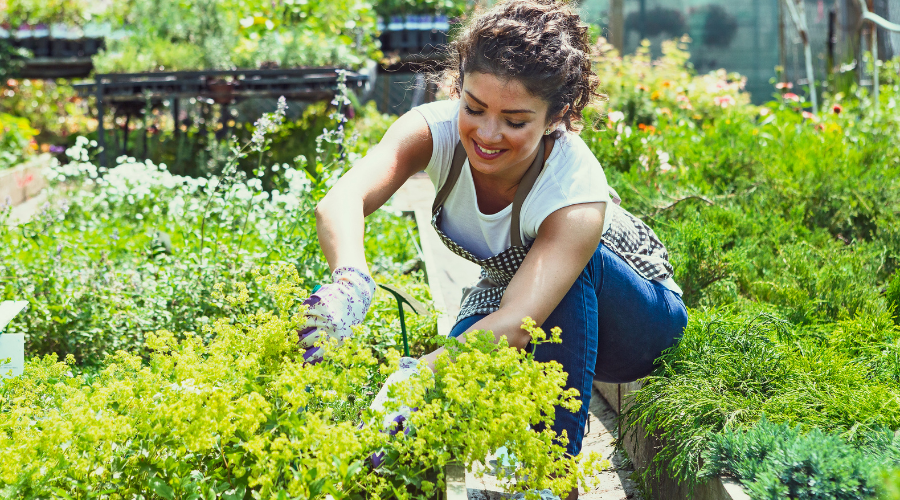
How to Plan a Spring Bulb Garden: 6 Steps
Here are our 6 steps to successfully plan a spring bulb garden:
1. Choosing the Right Location for Your Bulb Garden
When it comes to planting bulbs choosing the location is almost the most crucial step for a successful display. Select a well-drained area with ample sunlight, as most bulbs thrive with at least 6 hours of light daily.
Avoid spots with heavy clay or standing water to prevent bulb rot.
Additionally, you’ll want to consider the mature size of the plants to ensure they fit within your garden’s design. Proper placement is key to achieving a vibrant and beautiful spring bloom.
2. Selecting the Best Spring Bulbs for Your Garden
The next step is choosing the best spring bulbs after choosing the perfect location.
To achieve a stunning garden display. Opt for a diverse mix of bulbs with varying colours, heights, and bloom times to create a visually captivating scene. Classic choices like tulips and daffodils provide vibrant pops of colour, while hyacinths and alliums add unique shapes and fragrances.
Ensure you select high-quality bulbs from trusted sources to guarantee a healthy, flourishing garden. By carefully curating your bulb selection, you set the stage for a breathtaking and well-balanced spring bloom.
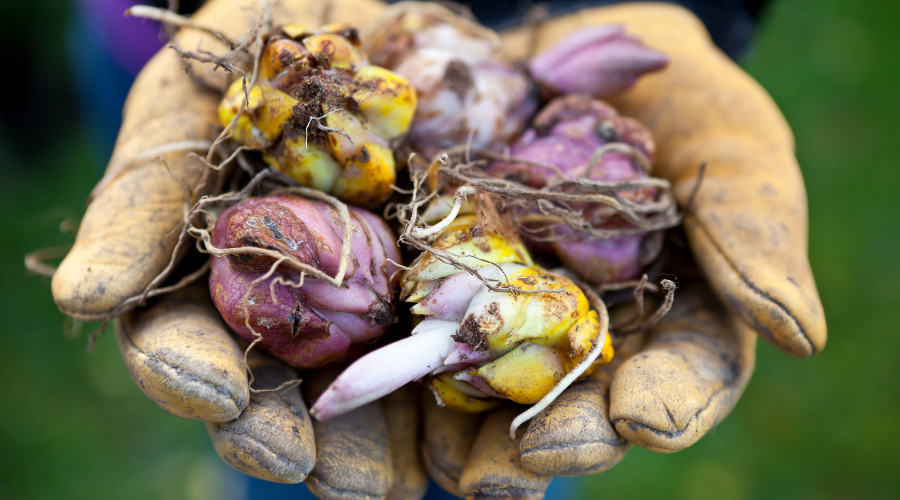
3. Designing Your Bulb Layout
With your location and bulbs selected, it’s time to design your layout. Arrange bulbs in clusters or drifts for a more natural look and stagger bloom times to extend visual interest.
Position taller bulbs, like alliums, toward the back and shorter varieties, such as crocuses, at the front for a balanced and graceful display. A well-considered layout will enhance your garden’s beauty, ensuring a captivating harmonious spring bloom.
4. Preparing the Soil and Planting Your Bulbs
With your layout set, prepare the soil by adding organic matter for good drainage. Dig holes to the recommended depth for each bulb, place them with the pointed end up, and space them according to your design.
Cover with soil and water well to ensure proper growth. This careful preparation will help ensure a vibrant and successful spring bloom.
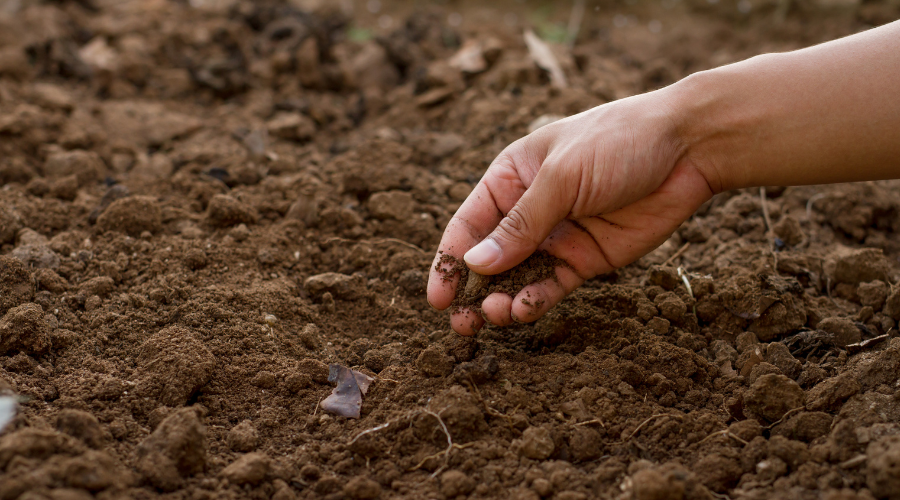
5. Watering and Mulching After Planting
Once your bulbs are planted, water them generously to settle the soil and encourage root growth. Apply a layer of mulch to help retain moisture, regulate temperature, and prevent weeds.
This care will protect your bulbs through the winter and ensure they emerge strong and vibrant in spring.
6. Caring for Your Bulb Garden in the Spring
In spring, keep your bulb garden thriving with regular care. Water consistently to maintain even moisture and remove faded flowers to promote ongoing blooms.
Apply a balanced fertilizer to support healthy growth and vibrant colours. These simple steps will help ensure your garden remains lush and beautiful throughout the season.
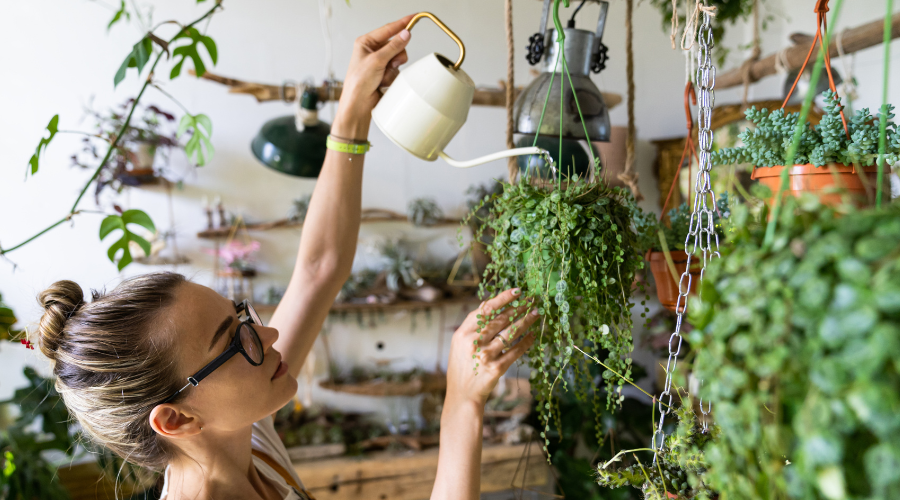
Bonus Tip: Add Native Plants for a Sustainable Garden
Boost your garden’s sustainability by integrating native plants. They’re adapted to local conditions, requiring less water and maintenance, and provide vital support for local wildlife.
Combining native plants with your bulbs creates a resilient, eco-friendly garden that thrives with minimal effort and enhances the natural ecosystem.
A Colourful and Eco-Friendly Spring Awaits
Elevate your garden with a blend of vibrant spring bulbs and eco-friendly native plants. This combination ensures a breathtaking display while supporting local wildlife and enhancing sustainability.
Begin your planning now to enjoy a garden brimming with colour next spring. Ready to transform your outdoor space? Contact us today for expert advice and tailored garden design solutions, and let your creativity flourish!
Written by Cara Erasmus for Raine Garden Design
